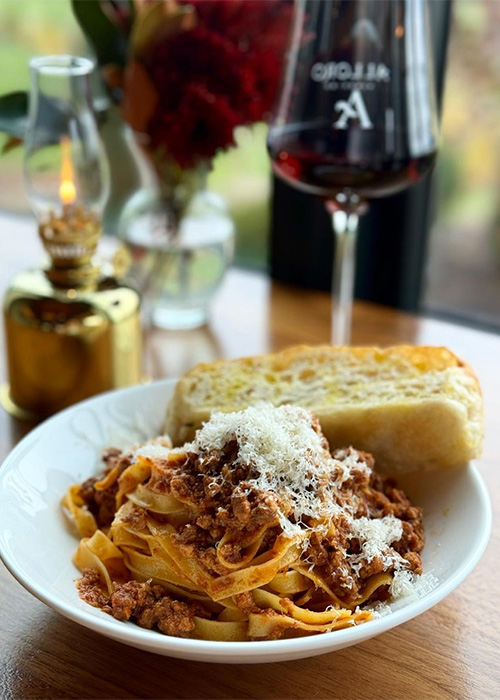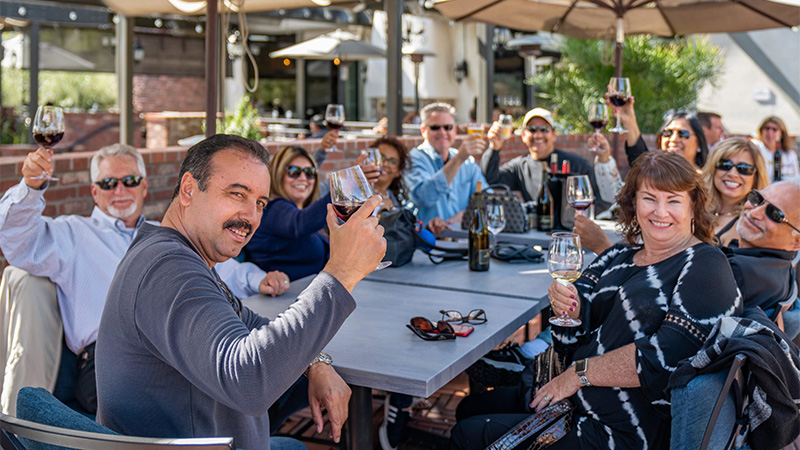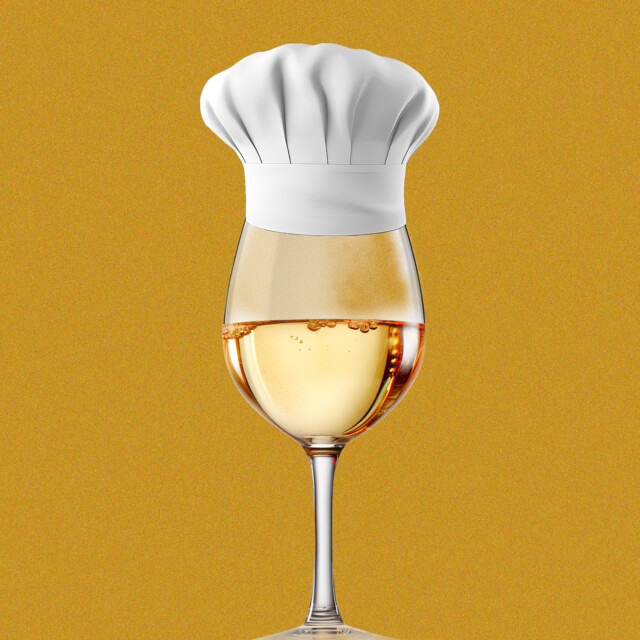There’s rapid evolution happening in the wine tourism industry, as the experience and expectations of wine drinkers have changed. Fifteen years ago, most winery visits would feature a quick flight of four to six wines, with maybe a few crackers on hand, ostensibly to cleanse the palate. Travelers would rove from winery to winery, often hitting five or more in a single day. For wineries, the revenue generated from tasting fees — if they were even charged — mattered less than bottle sales and wine club memberships.
Yet over time, many wine drinkers have tired of such a simple, same-y experience, and have begun demanding more and more from wineries. Whether from the reservation policies and social distancing mandated by early Covid protocols, or just an ever-escalating pricing structure at the most in-demand wineries and regions, the old way of doing things has never seemed more dated.
These days, tasting wine isn’t enough. When it comes to trying to bring in potential wine tourists, a tasting room, a few pours, and a perfunctory cheese and charcuterie board is woefully behind the times. With tasting room visitation on the rise according to Silicon Valley Bank’s most recent direct-to-consumer report, wineries ignore those demands at their own peril. Now, many travelers want intricate pairings, or even a full-fledged restaurant, and can often expect to spend hours at a given winery, perhaps only visiting one or two per day. Indeed, many of these experiences seem carefully designed to keep guests on the property as long as possible, all in hopes of generating not just a momentary sale, but a lasting relationship with a customer.
A Big Shift
As is often the case, Napa Valley has helped inform this seismic shift in wine hospitality. As prices for tastings grow higher and higher, the guest experience at many Napa wineries has shifted toward one more reminiscent of fine dining than of sampling a few bottles. While reservations were becoming more and more a part of the landscape before the pandemic, the requirements imposed by Covid regulations have become fully codified in the subsequent years, with set times and, in many cases, prepaid experiences replacing a more casual, drop-in atmosphere. Given the eye-watering costs of everything from hotel rooms and meals to the aforementioned tasting experiences, it’s no surprise that the modern-day Napa visitor wants to be waited on hand and foot when they enter a winery.
That said, there’s not always a level playing field between regions. In Oregon’s Willamette Valley, tight restrictions on agricultural land use mean that wineries can’t just open a proper restaurant. But food pairings are permitted alongside a wine tasting. This is used to great effect at Soter Vineyards’ Mineral Springs Ranch property, where the culinary offerings feel right at home at any of Portland’s trendiest restaurants — only with stunning views and, naturally, well-selected pairings from Soter’s production. As Jules Bandy, director of consumer sales and marketing explains, “The Provisions tasting lets us give our guests a 360-degree sense of the property and what makes it a special place, not just for wine.”

Similarly, Alloro Vineyard in the Laurelwood District AVA has leaned into the winery’s Italian roots to offer a multi-course pairing and tasting experience that is lunch in all but name, but again, the legal restrictions mean that there’s a “wink and a nod” element to the whole thing. Yet drive just a bit closer to Portland and visit Amaterra, which conveniently sits on mixed-zone land, and you can enjoy lunch, dinner, and even a full bar along with your wine tasting experience. Clearly, food programs can be a point of differentiation for wineries, and in a more crowded and increasingly direct-to-consumer-reliant market, anything that brings a visitor across your threshold is a very valuable amenity.
At Walla Walla’s The Walls Vineyards, the tasting room is an opportunity not just to add to the guest experience, but to showcase to drinkers how food-friendly the wines were. “Our food program has evolved in response to what our guests are asking us for,” says general manager Ben Kaehler. “It started as a really well-curated cheese selection … but adding more items has let us showcase just how well our wines pair with American cuisine.” The Walls also benefits from sharing an owner with local restaurant Passatempo Taverna, which has allowed them to work with the culinary team there to expand offerings, boosting check averages and resulting in more lunchtime business from locals.
More Than Wining and Dining
It’s not just limited to food, either. In Temecula, Calif., some wineries offer visitor amenities ranging from swimming pools intended to evoke the French Riviera to blend-your-own-bottle tasting experiences, with huge chunks of real estate dedicated to dining rooms, patios, and the like. Temecula is in many ways a perfect example of this trend: According to the Temecula Valley Winegrowers Association, it sells over 90 percent of its bottles direct-to-consumer and thus must be finely attuned to what visitors want out of a wine trip. That shows up not just in the ways listed above, but in offering better seating options and exclusive menu items and experiences to wine club members, often in full view of non-members. (FOMO is a powerful motivator, it turns out.)

In some ways, this is good for wine, and wineries. As restaurants coast to coast continue to deemphasize wine programs and eliminate wine-focused floor positions, wineries have found that they can best position and promote their wines by delivering wine-centric dining and hospitality experiences to people who are clearly interested in exactly that. Yet it can also be very challenging for smaller and newer wineries to keep up. Hiring a chef, or a full culinary team, is not only a major expense, but often requires significant investment in construction and equipment. At Leoness Cellars in Temecula, for example, the culinary team undertakes a three-day process for making the french fries that they are justifiably famous for — a labor-intensive approach that many wineries simply couldn’t match.
There will, of course, always be a place and an audience for wineries that keep the tasting room experience more tightly tuned to the wines themselves, for reasons of cost, personal preference, or legal limitations. But as getting foot traffic and generating direct-to-consumer sales become more critical in a saturated and competitive wine tourism market, it’s a dangerous time to be a (winery) dinosaur.
This story is a part of VP Pro, our free platform and newsletter for drinks industry professionals, covering wine, beer, liquor, and beyond. Sign up for VP Pro now!
